|
If you are after a book with lots of pretty pictures of medieval embroidery on vestments, this is not it. Yes, there are some pretty pictures in there, but it is not what the book is all about. Why do I still think it is worth your time? It has a very interesting chapter on the role of women in making vestments and donating them. As the author places their making into the wider context of church reform during the Middle Ages, it explains a lot about the position of women today in the Western world. From the late 12th-century onwards, increased urbanisation leads to a dominance of the textile trades by men. Especially the 'higher end' of the market is dominated by them. That's why I have written in several blog posts that certain vestments I saw in museums were most likely made by men. The written data for the Late medieval period and beyond from the Netherlands does, for instance, not mention one female embroiderer. But this had not always been the case. The author, Maureen Miller, writes that when we know the name of the maker of earlier vestments, it is always a woman. And here the labour is divided up too: slaves for the 'hard labour' of growing, spinning, weaving, dying etc. and elite women for the fashioning of the vestment. For the more elaborate vestments, male religious would assist with the designing. Why would women spend time and money on creating (and maintaining) these elaborate vestments? Maureen Miller comes up with several explanations. Firstly, from the ninth century, ecclesiastical legislation prohibited women from entering the church sanctuary or come near the altar. By providing vestments, these women were present at the altar. Secondly, by cultivating such a relationship with clergy, these women could exercise some influence for themselves, but most likely for their families. Maureen Miller thus rightly asks how freely were these gifts really given? In addition, these relationships between elite women and clergy were always viewed with suspicion. On the one side, elaborate stories about the piety of the women who worked these vestments were drawn up (reciting scripture or singing psalms whilst working). On the other hand, there were plenty of stories in which the 'lewdness of the female maker' transferred through the vestments onto the wearer. These poor clergy felt mightily uneasy when it came to women making and maintaining their intimate clothing.
At the same time, there is a wider reform going on in the church. In order to claim status and visualise hierarchy, an ornate style of vestments started to emerge in the 9th century in Anglo-Saxon England and Francia (modern-day Normandy and parts of Belgium). By the 11th-century it had spread throughout Europe. The makers of this new ornate style were women. They (unwittingly?) provided part of the means with which the Gregorian reforms could be implemented (most notably clerical celibacy). These were particularly bad for the position of European women as they emphasised extreme notions of purity. These ideas live on in particular in the Catholic church till today. And those poor holy men? They were relieved when they could order their splendid vestments from men in urban centres. They no longer needed to foster close relationships with women to obtain and maintain their vestments. For the visualisation of their status, they no longer depended on women. Women lost a way to exercise their influence. But they lost so much more. Till today, in many Christian traditions, women are not seen as pure enough to serve at the altar. Argue in the other direction and time might have come to strip these holy men of their fancy clothes in order to restore some much-needed balance between the sexes! Literature Miller, M.C. (2014): Clothing the clercy. Virtue and power in Medieval Europe, c. 800-1200. Cornell University Press.
6 Comments
Today I am possibly going to spent your money :). I bought my copy of Alison Cole's latest book 'The Goldwork Masterclass: adventures in metal thread embroidery' a couple of weeks ago. As with her other book 'The Stumpwork Masterclass', which I wrote about here, this is another splendid addition to your needlework library. The book starts with a brief history of goldwork embroidery. Nothing in-depth, but enough to give you a bit of a background. Illustrated with pictures of historical pieces, sometimes from Alison's own collection. This chapter is followed by a chapter on basic requirements (answering questions on which fabrics to use), one on transferring and framing up (a proper slate frame is best for most projects) and a chapter on all the different forms of padding (slight differences with how I learned at the RSN, will definitely try to see what actual difference it makes). After these introductory chapters, the real deal starts with a detailed chapter on all the different forms of couching gold threads. Including instructions on how to do double-sided brick stitch petals (I must SO try this one day!). Alison not only looked at English-style goldwork embroidery, but also remarks on goldwork embroidery from China, India, Spain, France and Turkey. The next chapter describes my favourite goldwork technique, or nue, in great detail. This is basically a form of needle painting over pairs of goldwork couching threads such as passing thread. As I have studied this technique in-depth myself, I do not agree with everything Alison says. For instance, the hey-day of or nue lasted well into the 16th century in the Low Countries and long-and-short stitch in silk is indeed worked over the goldthreads for the hands of the saintly figures on these particular orphreys. The chapter on or nue is followed by similar in-depth chapters on other couching threads, pearl purl and plate, purl and other traditional materials. Oh, the possibilities! The two chapters that follow these are centred around the techniques used in a particular historical period: Opus Anglicanum and Elizabethan & Stuart goldwork (packed full with braided stitches I SO must try one day!). The final chapters cover techniques and design elements such as fillings, creative materials taken further, combining goldwork with other embroidery techniques, ceremonial goldwork and other golden goodies (making your own braids). The whole book is packed full with beautiful and detailed pictures of antique goldwork embroideries from Alison's own collection, modern pieces by Alison or from collections around the world. Very inspirational indeed! This book is not your average project book. Each chapter comes with a sampler showcasing all the techniques described in the text. This is really cleverly done. You work a small design in a particular technique to just master this particular part of goldwork embroidery. A masterclass, indeed! I really love this book and I think you should definitely have this on your shelf when you are interested in goldwork embroidery. Compared to all the other famous goldwork embroidery books I own, this one is the most complete. It even contains techniques I wasn't familiar with. This is absolute bliss and unfortunately happens less and less when you reach a certain level in your embroidery practice. But, as with all of the other famous goldwork embroidery books I own, this book is also essentially written from an English perspective. What do I mean by this? Some of Alison's pertinent remarks regarding the availability of certain types of threads (particularly different sizes of plate, whipped plate and shaped folien) or how they are used are simply not true when you have access to German and Dutch sources (in the broadest sense of the word). It reminded me that language can be such a barrier. And I am sure I would have been guilty of the same as I find it hard to decipher the romano languages, let allone Greek or Russian ... Where to find this fantastic book? I've bought mine directly from Alison. With the shipping to Germany it came to about €57. Perfectly good value for a book packed full with so much information. And it worked out about €3 more expensive than when I had bought from a European source. As Alison probably earns the most from books bought directly from her, the price difference of a cappuccino should be worth it, I think :).
This might not come as a surprise to you: I love books on embroidery! Not only the so-called project books or books on a particular technique, but also museum catalogues and research papers. Whilst the first are usually promoted by and within the embroidery community, the later are a little harder to find. Second-hand bookshops are a good place to look for them. Since the topic is such a specific one, the people in the bookshop can often tell you in an instant if they carry some. Recently I rediscovered one such book in my extensive library. It is a Dutch doctoral thesis from 1948 written by Dr. Beatrice Jansen (1914-2008). The title of the thesis defended at the University of Utrecht is: Laat gotisch borduurwerk in Nederland (Late Gothic embroideries from the Netherlands). I bought the book years ago as I liked the technical and design drawings, but I had never actually read it ... Until now. And it actually is a gem! Let's explore together ... The first chapter concerns itself with the embroidery techniques used. Dr. Jansen was probably not an embroiderer, but certainly a true art-historian. Back in the late 1940s, art-historians used French and German sources for their research. Dr. Jansen copied the French names of embroidery techniques from 'La broderie du XIe siecle jusqu' a nos jours' from L. de Farcy printed in Paris, 1892. You can find an online digitised copy of the catalogue and all the black-and-white photographs here. Although these are truly lovely, I would rather have had a digital copy of the chapter with the embroidery techniques explained. It is quite difficult to understand what Dr. Jansen is talking about. The other source used is a German one: 'Künstlerische Entwicklung der Weberei und Stickerei' by M. Dreger written in 1904. This book can also be viewed online. However, this is only the text. They didn't digitize the plates ... Both books are still around and can be purchased from book dealers. However, they sell for hundreds (till thousands!) of euros. So I probably go to the library in Munich :). That said; when Dr. Jansen really dives into the embroidery seen on the Dutch liturgical vestments, she does present a lot of rather lovely technical drawings. And that's the true merit of this book. The next chapter is a lovely one too! Dr. Jansen presents all the historical sources concerning medieval embroiderers or acupictores as they were called. The female form, acupictrix was rare and only used as 'wife-of'. Indeed, professional embroidery was a male occupation and females only seemed to have contributed in the ateliers of their husbands (and maybe fathers). What is also interesting, the embroiderers did not have a guild of their own. They were usually part of the guild of the painters as they were seen as 'painters with thread'. The embroiderers did not only stitch new vestments; they are explicitly required to mend existing ones as well. And, this doesn't really come as a surprise: the job wasn't well paid and did not have the same standing as that of artisans working in the 'high arts' like painters and sculptures. Discrimination against textile art certainly has deep roots! The next two chapters try to divide the gothic vestments into a group made in the Northern Netherlands (roughly present-day Netherlands) and a Southern group (roughly present-day Belgium). These chapters are pure art-historian. Due to the fact that this book is so old, not all pieces talked about are represented by a black-and-white photograph in the catalogue. But lo-and-behold, I own a modern catalogue from the exhibition in the Catharijne Convent in 2015! So I wrote the modern catalogue number and, if applicable, the inventory number into the margins for quicker reference. Even before the publication of Dr. Jansen, art-historians have tried to name the artists who made the design for these vestments. Successful matches could be made with paintings, woodcuts and sculptures of which the names of the artists have survived. It becomes evident that prints circulated in the embroidery ateliers after which the embroidery was executed. Clients would have had very specific ideas about what they wanted on their vestments and in which style. Chapter V tries to further categorize the vestments by looking at the embroidered architecture. When you start looking at these vestments, you soon realize that certain elements of the architecture are very similar between different pieces. This chapter is richly illustrated with line drawings of all the different architectural styles found on the orphreys of the vestments. Chapter VI high-lights that these kind of embroideries were made at least a century earlier than the pieces that have survived in modern-day museum collections. The oldest painting depicting this type of embroidery is the Ghent Altarpiece made by Hubert and Jan van Eyck between 1427 and 1432. This chapter lists nearly 60 other paintings depicting this type of embroidery. The thesis concludes with a sammery in Dutch and English. I also found a rather embarrassing remark in the margin made by a previous owner. It reads 'Hier had ik nu eens graag gehoord, welke mof dit woord invoerde en welke hollander dit germanisme' (I would have loved to hear which mof (= Nazi) introduced this word and which Dutchman came up with this germanism). Remember, this book was published only three years after the end of the Second World War ...
Since this book was published so long ago, you can only find it in libraries (all over the world as it is a doctoral thesis!) or second-hand. Unfortunately, only more modern theses are available online from the University of Utrecht. And since the author died only 11 years ago, it will take another 59 years before the book can be digitised by me and put into the public domain :). I can probably just manage that before turning 100! I was given this lovely book about ethnic embroidery from China by the lady who organised my teaching trip to China last year. This book on an interesting topic has a rather special and highly pleasing visual concept as well. Although it is not your classic project book, the step-by-step photographs and descriptions mean you can easily recreate particular stitches and patterns. Especially for those of you who are already adept at wielding a needle, there is a lot of 'new stuff' in this book which will make your hands itch. The book is written by Dr. Tomoko Torimaru, a Japanese woman who studied Chinese textiles at the University of Shanghai, China. She is the daughter and research-associate of her mother Dr. Sadae Torimaru. Together they have studied the textile traditions of the Miao and related ethnic groups for many decades. They are both well-known and respected textile researchers and deserve to be more widely known among Western embroiderers as well. Full details of the book: Torimaru, T., 2008: One Needle, One Thread: Miao (Hmong) embroidery and fabric piecework from Guizhou, China, University of Hawai'i Art Gallery, ISBN: 978-1-60702-173-5. And this is what a typical two-spread from the book looks like. Many detailed pictures with explanatory text. In this particular case, the darning stitch is worked from the back in order to protect the finished embroidery. One needs great skill to not make a mistake when carrying threads or otherwise the pattern on the front will show a mistake. There are several embroidery techniques detailed in the book where the embroideress works from the back to avoid soiling the finished embroidery. Throughout the book, you will learn about the myriad ways of pattern design and transfer. I am blown away by the fact that some paper-template cutters are so skilled that they do not need to make an outline drawing prior to cutting ... There are also many 'recipes' in the book for making starch and thread conditioner from local plants. You'll be amazed at how often the silk threads for embroidery are conditioned to behave during embroidery. I am always quite reluctant to use thread heaven or the like on my silk threads. I usually talk them into submission (with various degrees of success, I must admit). Another thing I was reminded by when reading the book from cover to cover, is how ingenious people are. We can be one heck of a clever naked ape! For the Miao, embroidering their folk costumes is typically done in between other tasks. When waiting or tending the family, for instance. There's often no ergonomic position to be had or good lighting. Slate frames or hoops for perfect tension? How about using your knees and thighs instead? And it is almost always an activity you'll share with other females. Knowledge transferred from mother to daughter. Underlining and taking pride in one's ethnic identity one peaceful stitch at a time!
I turned 40 recently. And as it goes: birthdays and presents go hand in hand. So when I visited Munich with my parents, we found an unusual embroidery book for my library. Before I'll show you what it is, let me tell you briefly where we found it. Personally, up to that recent visit, I didn't like Munich one bit. As it is a very wealthy city, I always felt out of place. Although I do like shopping, I avoid big fashion names as I have found my style long ago and want to stick to it; not change every 3 months :). Anyway. This time we ended up in a whole different part of Munich as I wanted to visit a Zero Waste shop aptly named 'Ohne' (without) and my father wanted to visit some antiquaries in search of Feldpost from WWI. Both, and much more, concentrate around the Schellingstraße in the Maxvorstadt. The name Schellingstraße might ring a bell with art, literature and/or history buffs: apart from being Hitler's home turf, Bertold Brecht, Wassily Kandinsky, Rainer Maria Rilke, Lenin, Thomas Mann, Frank Wedekind, Joachim Ringelnatz, Stefan George, Franz Marc and Paul Klee frequented the establishments here in their time. Nowadays, the area is characterised by cosy and hip eateries catering for the whole world, antiquarians and unusual little shops well worth exploring. So, if you ever visit Munich and you are not much impressed by its main shopping streets, head out to the Schellingstraße! At one of the antiquaries, I found a book named: Stickerei aus Palästina, traditioneller 'Fallahi' Kreuzstich written by Widad Kamel Kawar and Tania Tamari Nasir in 1992. The ISBN of the German version is: 3-927270-03-2 and that of the English version: 3-927270-04-0 (Palestinian embroidery, traditional 'Fallahi' cross-stitch). Unfortunately, the book is now only available second-hand and prices asked for it range between €75 and €281 !!! My mum paid €22 :). A pretty good deal indeed. So what's this book all about? Fallahi embroidery is a form of cross-stitch embroidery traditionally practiced by Palestinian peasant women (Fallaha) in their villages. The book shows a collection of traditional patterns from the 19th and early 20th century not yet influenced by later Western styles. The collection is subdivided into Palestinian regions: Ramallah, Jaffa, Hebron, Gaza, Beersheba and the Sinai. At first glance, you might think that these are 'just' geometric motives with no further meaning. The book shows you that not only are certain motives characteristic of a particular region, it also tells you their name. For instance, there are date palms from Ramallah, amulets from Jaffa, the Pasha's tent from Hebron, pendants from Gaza and different forms of cypresses can be found in embroidery patterns from all the regions. Once your eye has been sharpened for this, they are no longer 'just' geometric patterns. What items were decorated with this type of traditional embroidery? The embroidery can be found on the traditional Palestinian female dress: the thob. Depending on the region and the status of the wearer, parts of the front, parts of the back, the sides and the sleeves are covered with embroidery. Furthermore, the bridal trousseau would sport the same kind of embroidery. What materials do the Palestinian embroiderers use? Traditionally, the embroidery was executed on local hand-woven linen (actually a mix of linen and cotton) or a form of loosely woven cotton. Famous weaving regions were: Majdal, Gaza, Ramallah, Nazareth, Hebron and Nablus. Until around 1930, they would use plant-dyed silk thread for the embroidery made in Syria. Traditional colours would be indigo blue, reds made from roots or insects and ochre for yellow. By far the most popular colour would have been red. Even the shade of red used would point to the origin of the wearer with wine red being from Ramallah and Jaffa, burnt Sienna from Hebron, magenta from Gaza and scarlet- and fuchsia red from Beersheba. The main part of the book consists of full-page pictures of the stitched patterns (78 in total!). Each pattern has been stitched with European yarn (both DMC stranded cotton and perle were used after the 1930s) onto traditional Ramallah linen. I find this a very nice way of presenting the different patterns. So much more 'lively' than our traditional grid diagrams. And a much more original way of transferring pattern knowledge. Besides the beautiful pattern pictures there are also pictures of women wearing the traditional garments. This part of the book is a real feast for the eyes and your hands start to twitch as you probably can't wait to dive into reproducing a pattern yourself! I've written to the Palestinian Heritage Fund to ask if they know of an online source selling the traditional Ramallah linen (UPDATE: The Palestinian cultural centre wrote to me that they don't think there is anybody still weaving this type of linen. Women now use commercially produced brands such as Zweigart). If anyone knows of such a source, please leave a comment! The book was originally written to present and preserve the original Palestinian village patterns. Due to the Palestinian Diaspora after 1948, traditional village life changed dramatically. And so did the traditional patterns. Thus, in a way, the book also documents the influences world politics has on a traditional form of embroidery.
If you love cross-stitch and traditional forms of embroidery than this book should go onto your watch-list. With its hard-cover, detailed and clear pictures and 144 pages, it might not quite be worth €225, but around €50 would still be a good buy. Some of you might have already read Mary Corbet's review of this stunning book on embroidering cat portraits. I did! And since I had seen pictures of Hiroko's work on Pinterest, I really (REALLY) wanted this book. Hiroko shipped it super-fast from Japan; so here is my review. Hiroko's cat (and dog) portraits are mainly stitched on items of clothing. Cat pops out of shirt pocket is probably the image most of us have seen before. Besides good quality natural fibre clothing as her canvas, Hiroko uses one strand of good quality stranded cotton (DMC, Anchor or the Japanese Olympus/Cosmo). The stitching technique used by Hiroko is a form of thread painting. But it is not the same technique as is taught at the Royal School of Needlework and with which I am most familiar. The main difference? Hiroko does not use long stitches which she subsequently splits in order to get the required shading, instead she layers her stitches. And those of you who are familiar with the RSN-way of silk shading will have heard the phrase that it 'shouldn't be called long-and-short-stitch but long-and-longer-stitch'. Well, Hiroko uses tiny, tiny stitches to get the desired effect. Fascinating, I must say! Hiroko's book is not a project book and it certainly isn't a book for silk shading virgins. Although Hiroko shows her order of work in step-by-step pictures for six cat portraits and one dog portrait, it isn't a step-by-step instruction book. This may sound a bit contradictory, so let me explain. The first cat up in the book is a black-and-white puss called Sora. According to Hiroko they are the easiest to do as they have a relatively simple fur pattern and a limited colour palette. The project is broken down in 40 pictures. Now, that sounds like a lot. But it really isn't if you think of the many different directions cat fur flows in. And then there are the tricky areas like nose, ears and eyes... That said, if you are a regular silk-shader/thread painter, you will marvel at her technique! The step by step pictures with their explanatory texts are delightful. Hiroko has great wit and I laughed out loud several times. And I agree with Mary Corbet that although the pictures are too small to see each stitch clearly, a small magnifier solves this problem. I used my Mighty Bright Light and had no problem to follow Hiroko's projects. And at the back of her book there are the original cat pictures too. This enables you even better to understand how Hiroko tackles each cat. Throughout the book, Hiroko dispenses sound advice on how to become a good (cat portrait) embroiderer. It all boils down to observing the original thoroughly, diligence and self-critique in order to improve your work. And it becomes very clear from the book that these magnificently stitched cats do not appear as by magic; Hiroko works hard to make them happen. I think that's very honest and good to keep in mind.
So, where to get this latest addition to your ever-growing embroidery library? Straight from Hiroko through her Etsy store! The book is self-published and entirely written in English. A big round of applause for that! Including shipping (Japan-Germany took about a week) it cost me €37. In my opinion, very good value for your money! Last week, I was finally able to pick up my copy of 'Raised Embroidery: Techniques, projects and pure inspiration' from the bookstore! It is the latest addition to the highly successful Search Press series of embroidery books from the Royal School of Needlework. And this one was written by Kelley Aldridge: my first tutor at the Royal School of Needlework. My embroidery life evolving thereafter is in a way all her fault :). Let's have an in depth look at this latest addition to my ever expanding embroidery book collection! What I really like about this book, even before opening it, it has the new larger format. The first eight books in the series were rather small (c. A5). At around 100 pages they were perfect for beginners, but had little to offer for more experienced embroiderers. This book has 144 pages and is about A4 in size. And Kelley makes excellent use of this larger canvas! As with all books in this series, the book starts with a short promotional story on the RSN. Then it carries on with an explanation of what raised embroidery is. It immediately clarifies that it is not only about 17th century stumpwork techniques modified for the 21st century stitcher. The book also looks at textured embroidery stitches known from for instance Brazilian embroidery. Having clarified the scope of the book, Kelley carries on with a short historical overview. As the aim of the book is to have you stitching, the part on choosing the right materials, from needles, to fabric, threads, frames and other tools, is much more elaborate. And explores some fun stuff you might not have thought to incorporate into your next masterpiece. What I find absoluteley fantastic about this particular book: it has a whole section devoted to 'Inspiration and Design'. Here you can look Kelley over her shoulder to see how she comes up with her raised embroidery designs. It starts very basic with choosing the size and shape of your future piece, its function and selecting the materials you want to incorporate. However, Kelley also reveals that she is a great fan of using mood boards to come up with embroidery design ideas. This section is absolutely perfect for those stitchers who find it hard to find the confidence to create their own pieces. Kelley clearly demonstrates a quite structured way of creating and subsequently stitching your own design. This can, of course, be applied to all forms of needlework! And, true to her training at the Royal School of Needlework, she strongly advocates that you think the piece over carefully before you start. Think about the order of work before you start. It greatly increases your stitching pleasure as you probably do not have to deal with 'road blocks' which often lead to another AMP (abandoned masterpiece). However, thinking it over does not mean that the process is now set in stone! Oh no, you can still tinker and tweak. It just reduces the risk of producing a roof without supporting walls :). As already seen in the other books in this series, this one also contains a whole section on how to dress your hoop or slate frame, transfer your design onto fabric and starting and ending threads. Followed by sections on commonly used padding techniques, attaching stitches (think couching and Sisha), raised stitches, needle lace and creating wired shapes. This section provides a beginner to intermediate stitcher with enough tools to start stitching. The 'second part' of the book is devoted to easy to follow step-by-step embroidery projects and pure inspiration from contemporary embroiderers. It kicks off with wearable raised embroidery and a project to make a lovely colourful brooch. I really love this piece as it shows you different ways of using common materials and stitches. It provided me with a real 'oh, I never thought of that (but from now on I will!)'. The following pages are filled with brooches, cuffs, necklaces and fascinators made by such talented people like: Lisa Bilby, Helen Richman & Jen Goodwin. Next up are the 'useable raised embroideries' with a project to make a sleeve for your phone. You are walked through this project from the start of the design stage right up to finished product. This is what makes this book so good! And the project pages are again followed by pages full of pure eye-candy featuring outstanding embroidered boxes to store needlework supplies, an embroidered book cover and a stunning fully three-dimensional embroidered bird etui by Jenny Adin-Christie. So proud that my, simple in comparison, RSN-Diploma box 'Hansel & Gretel' is on the mirroring page! And last but not least, are the 'collectible raised embroideries' with a funny biscornu as the step-by-step project. The last pages of the book are filled with stunning embroidered objects by such talented people as Angela Bishop, Kate Barlow, Victoria Laine, Holly Coleman, Hattie McGill, Elena Thornton, Laura Baverstock, Stella Davies and Kelley Aldridge herself.
This book is a real treat! And equally so for beginners right up to very experienced stitchers. The large number of embroidered pieces by artists trained to a very high standard at the Royal School of Needlework makes this book to a must-have addition for your embroidery library. As always, please support your local bookstore if you can. Mine here in Germany was able to order the book for me within days for as little as €18,99. I consider this a bargain and am sure that I will treasure this gem for years to come. Thank you Kelley for writing such an inspiring embroidery book! P.S. I wasn't able to find personal websites for all the above mentioned artists. If you know of one, please leave a comment below and I will update this post accordingly! |
Want to keep up with my embroidery adventures? Sign up for my weekly Newsletter to get notified of new blogs, courses and workshops!
Liked my blog? Please consider making a donation or becoming a Patron so that I can keep up the good work and my blog ad-free!
Categories
All
Archives
April 2024
|
Contact: info(at)jessicagrimm.com
Copyright Dr Jessica M. Grimm - Mandlweg 3, 82488 Ettal, Deutschland - +49(0)8822 2782219 (Monday, Tuesday, Friday & Saturday 9.00-17.00 CET)
Impressum - Legal Notice - Datenschutzerklärung - Privacy Policy - Webshop ABG - Widerrufsrecht - Disclaimer
Copyright Dr Jessica M. Grimm - Mandlweg 3, 82488 Ettal, Deutschland - +49(0)8822 2782219 (Monday, Tuesday, Friday & Saturday 9.00-17.00 CET)
Impressum - Legal Notice - Datenschutzerklärung - Privacy Policy - Webshop ABG - Widerrufsrecht - Disclaimer
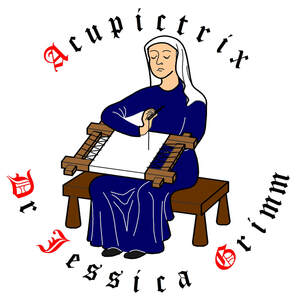
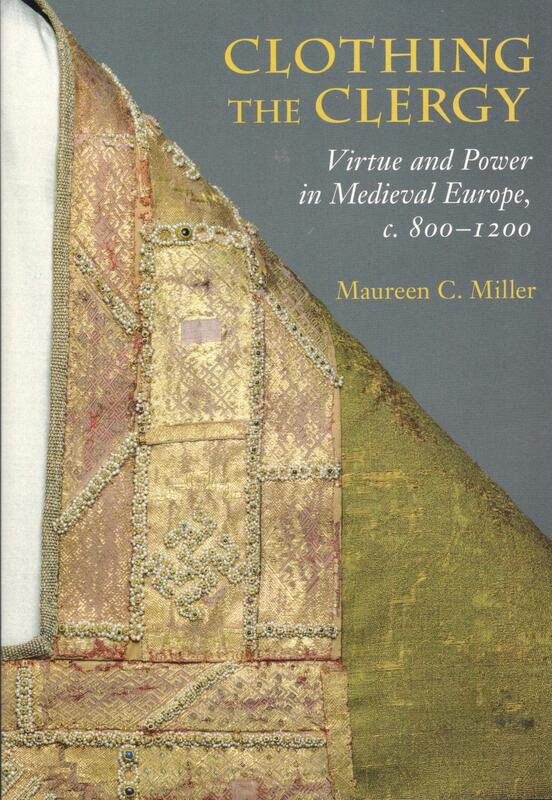
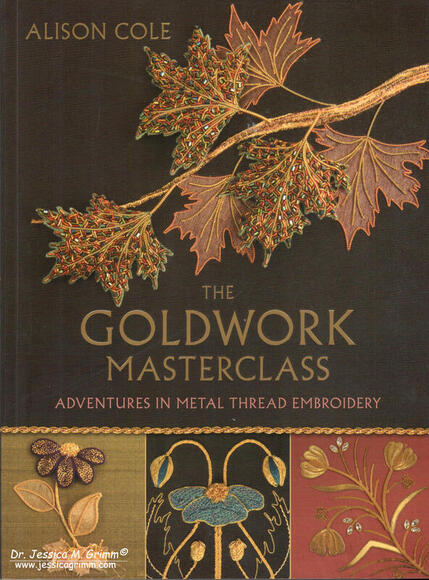
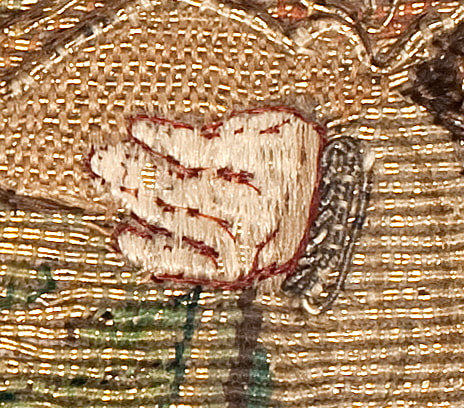
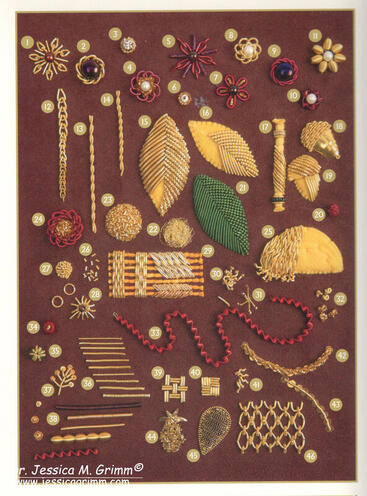

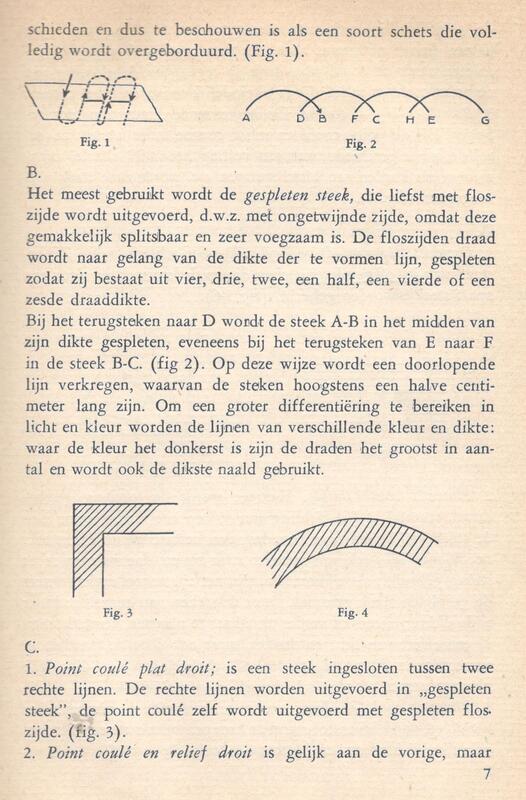
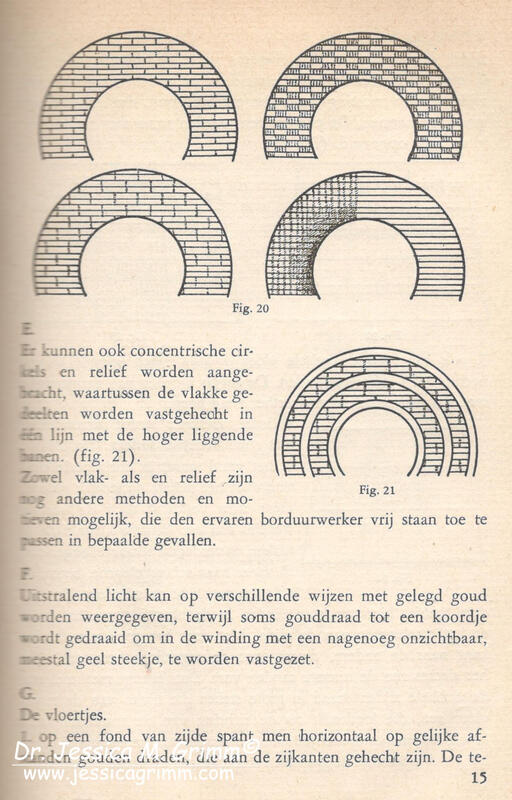
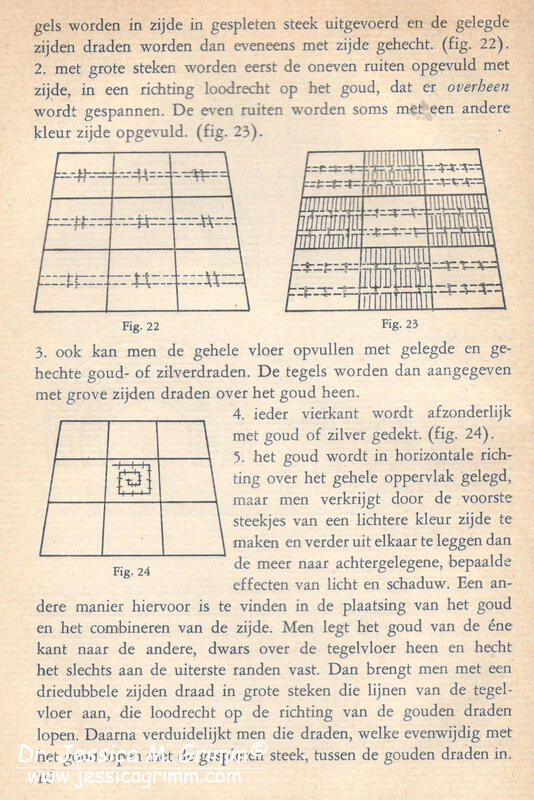
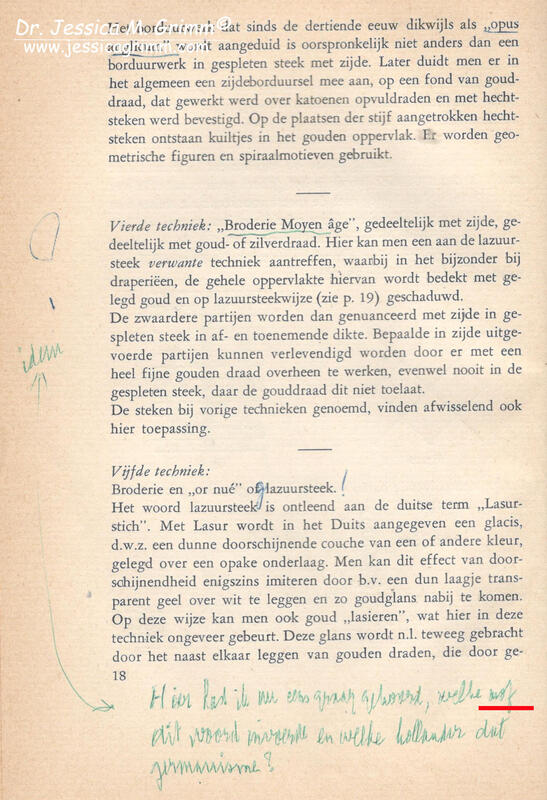
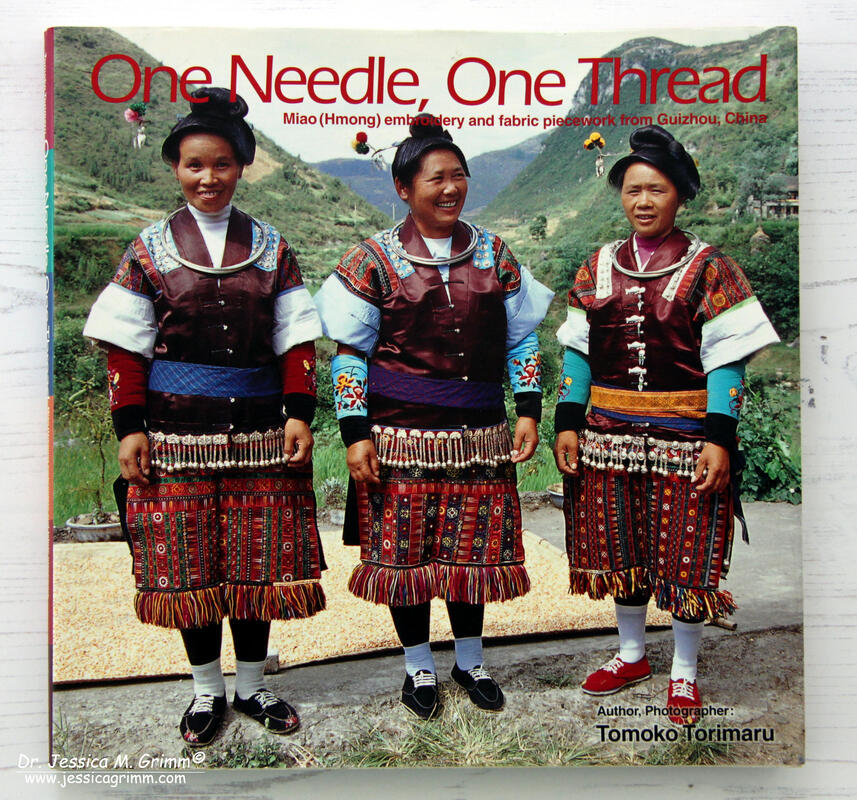
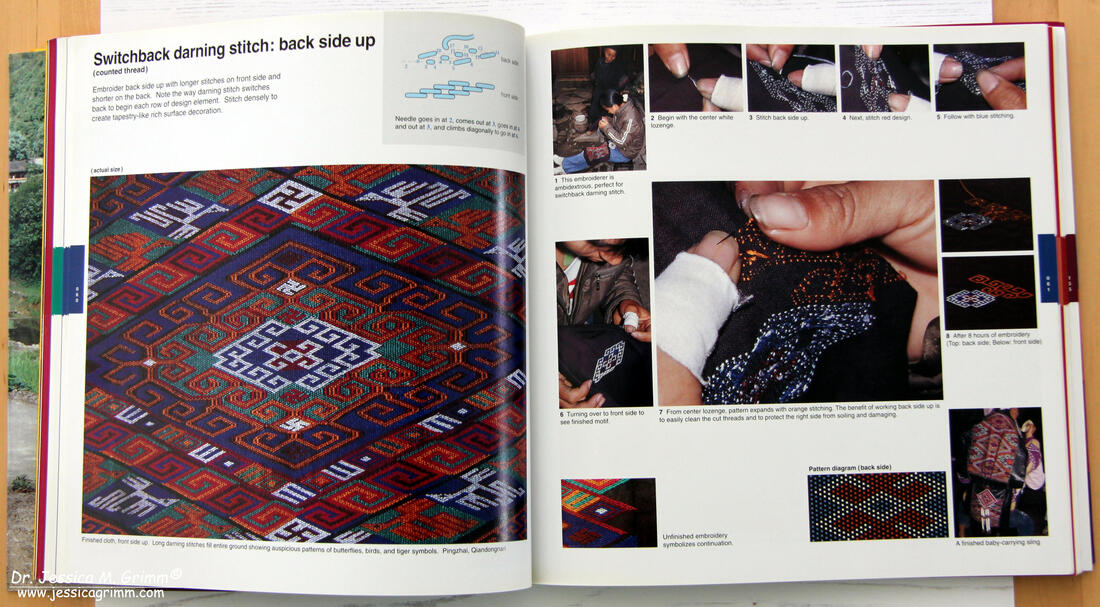
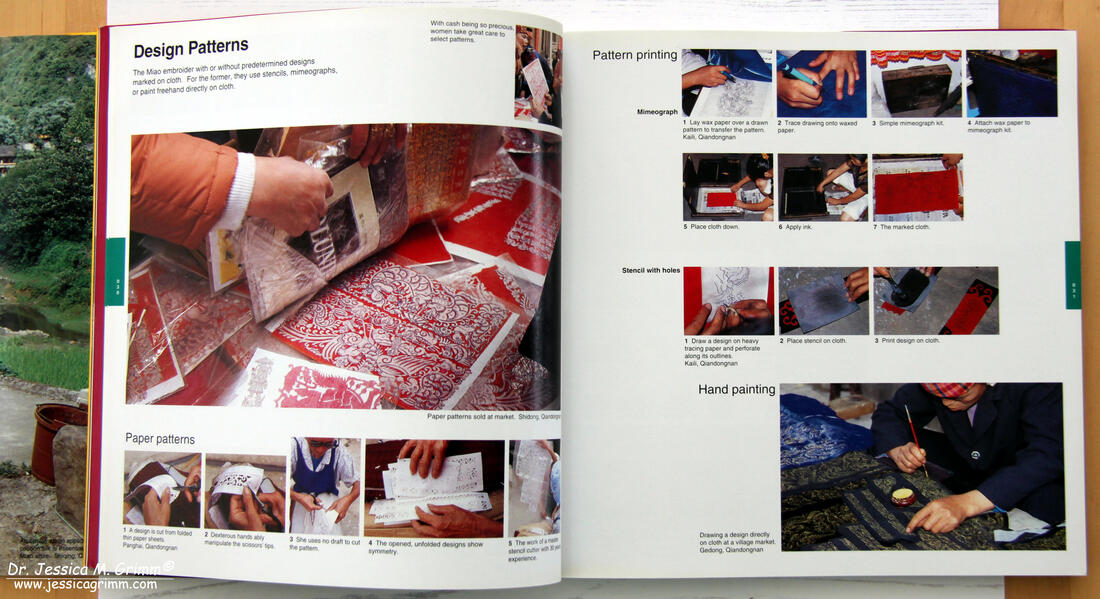
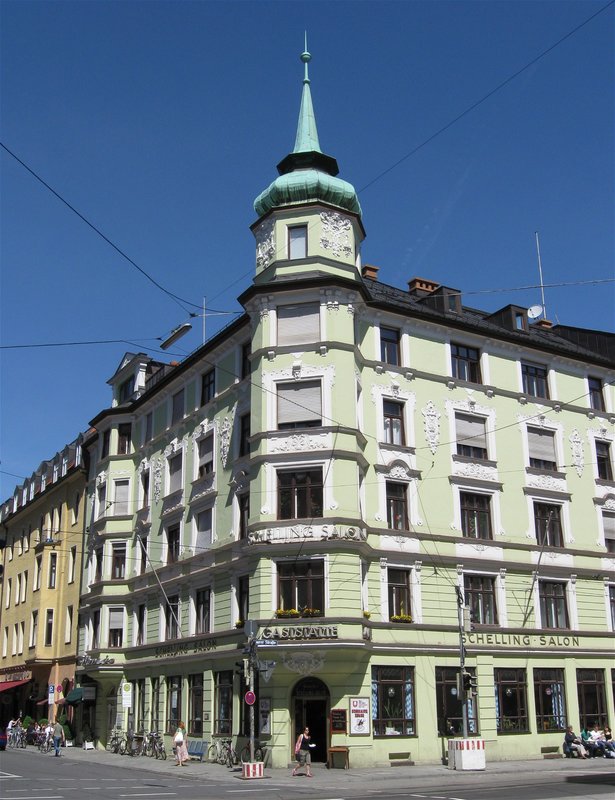
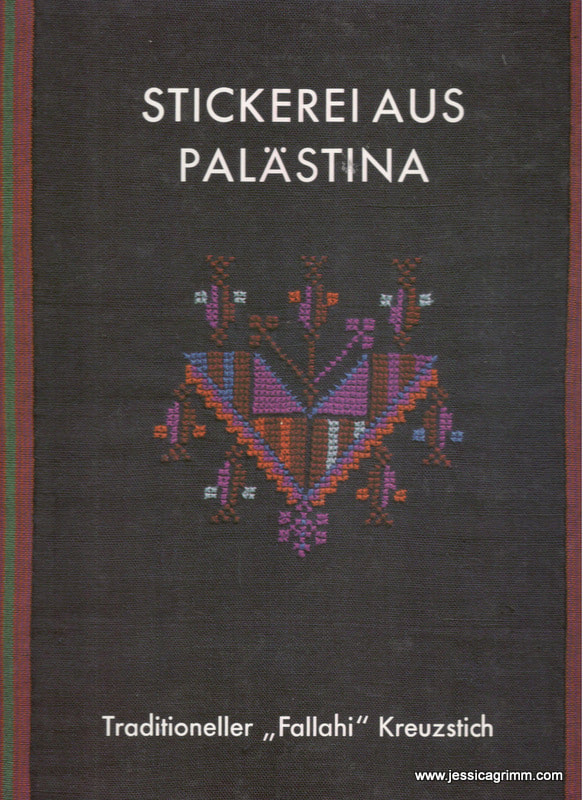
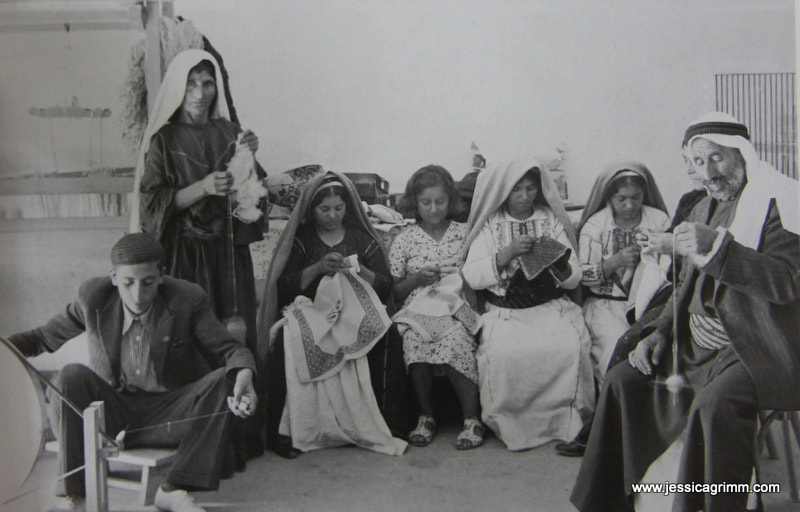
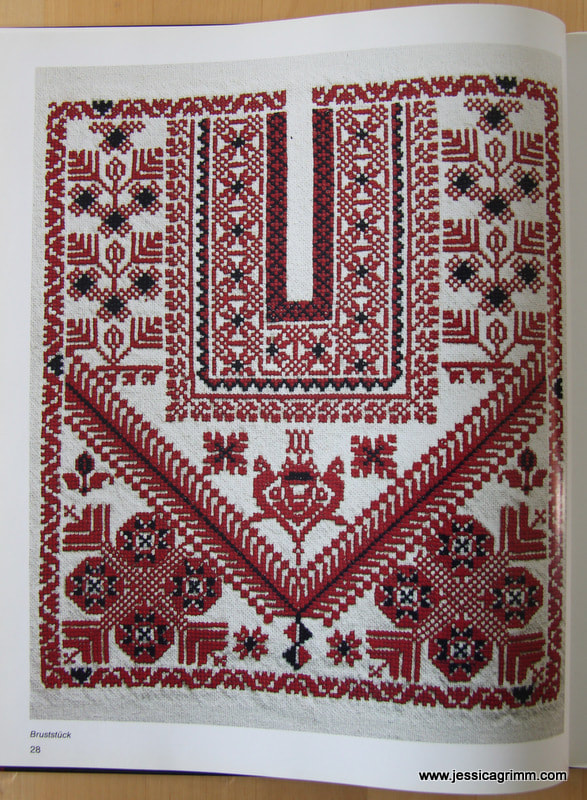
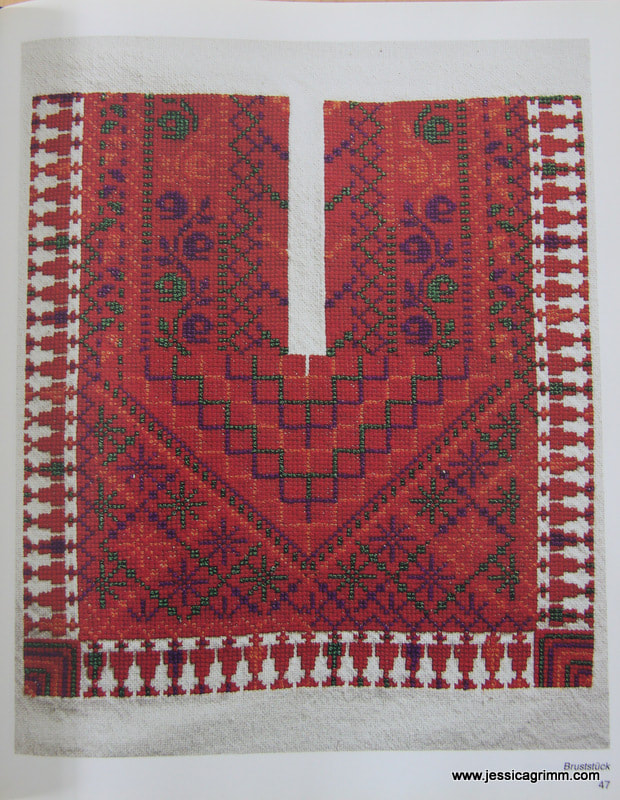
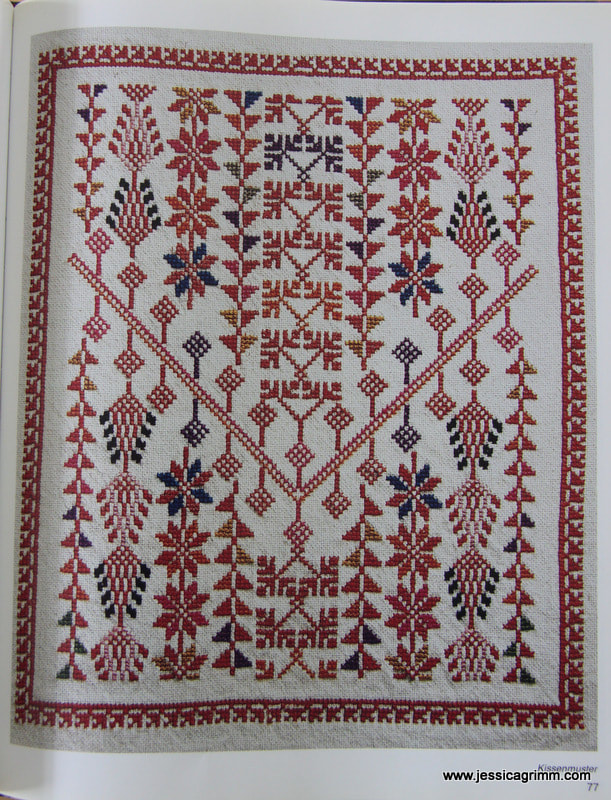
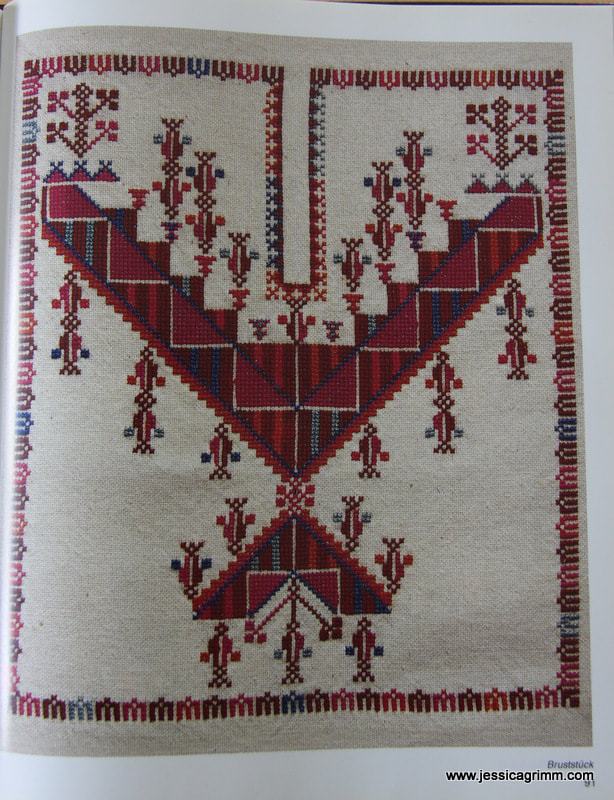
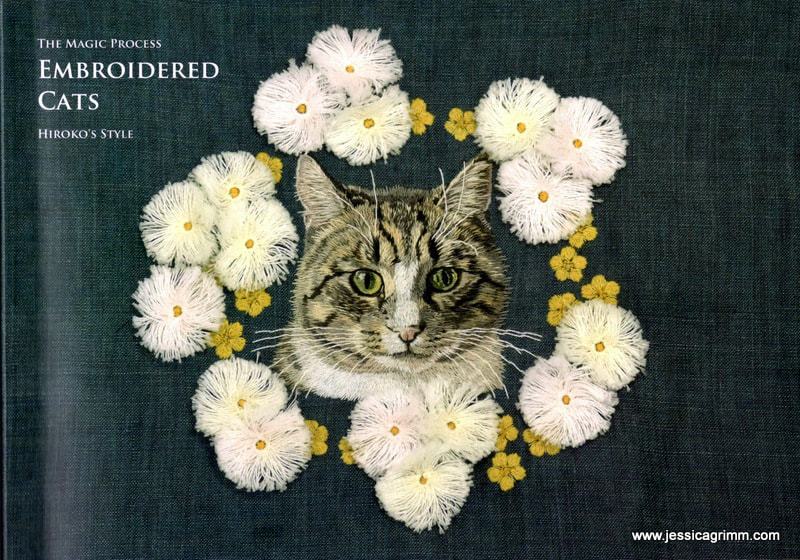
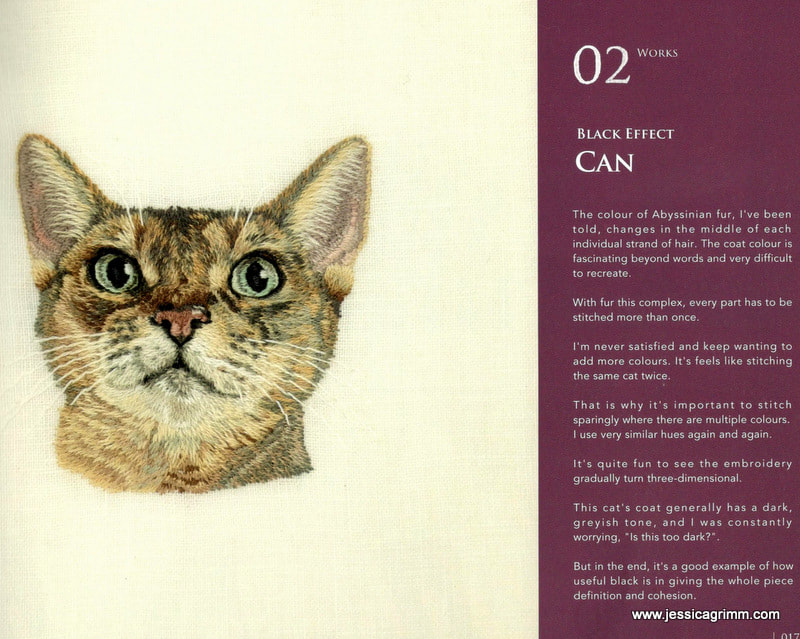
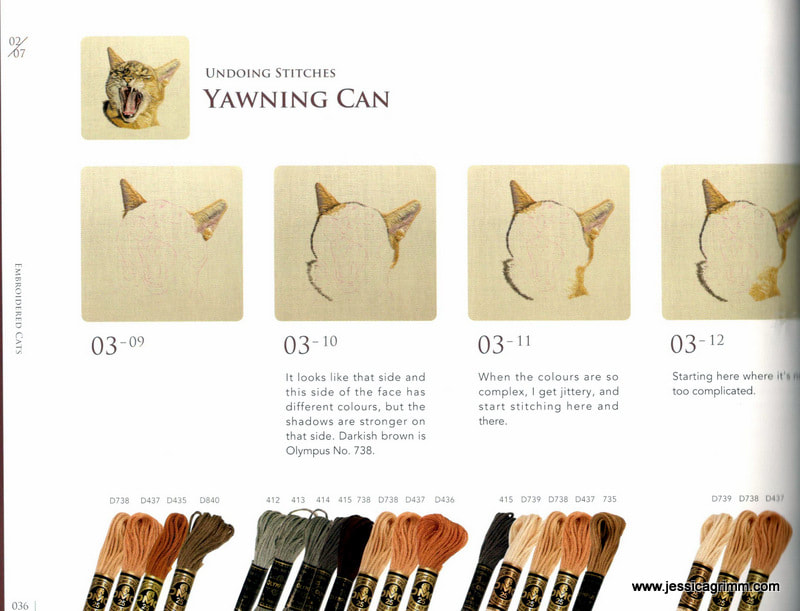
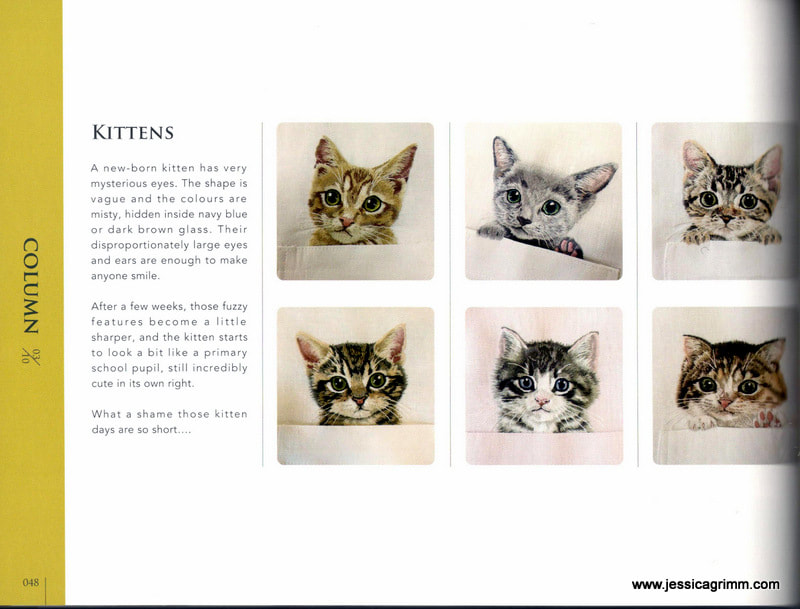
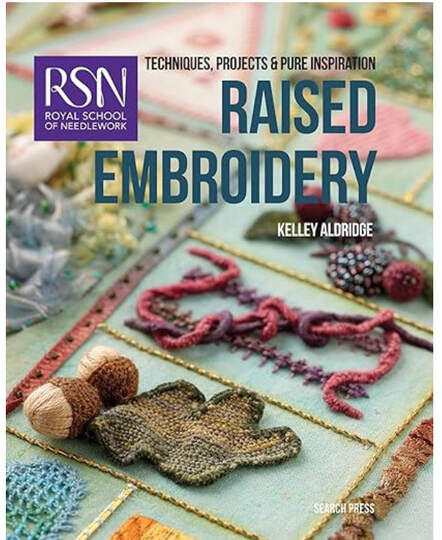
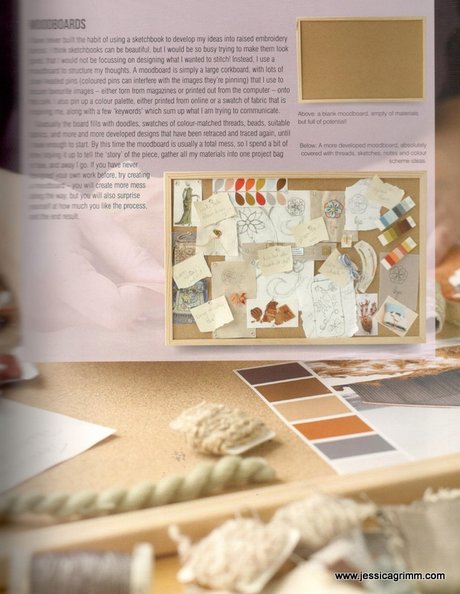
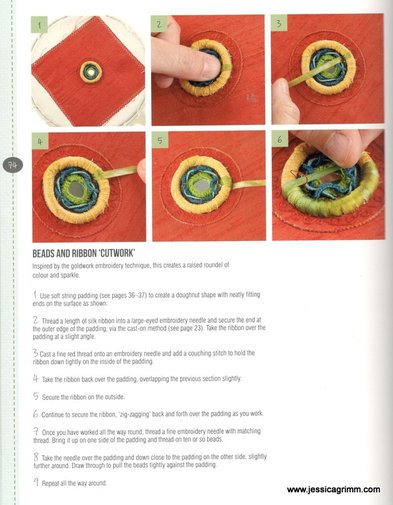
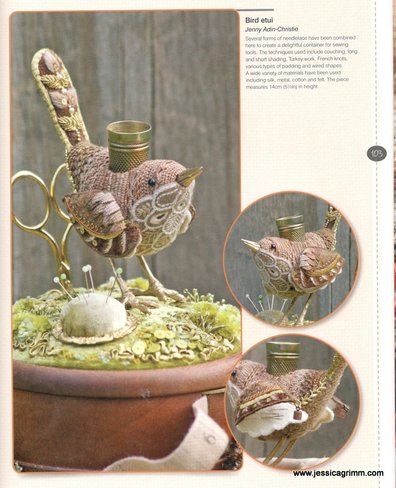
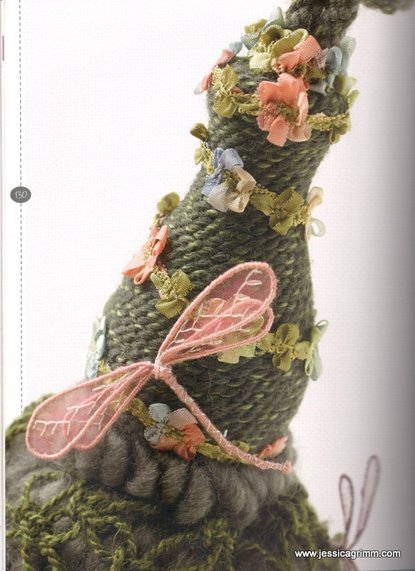
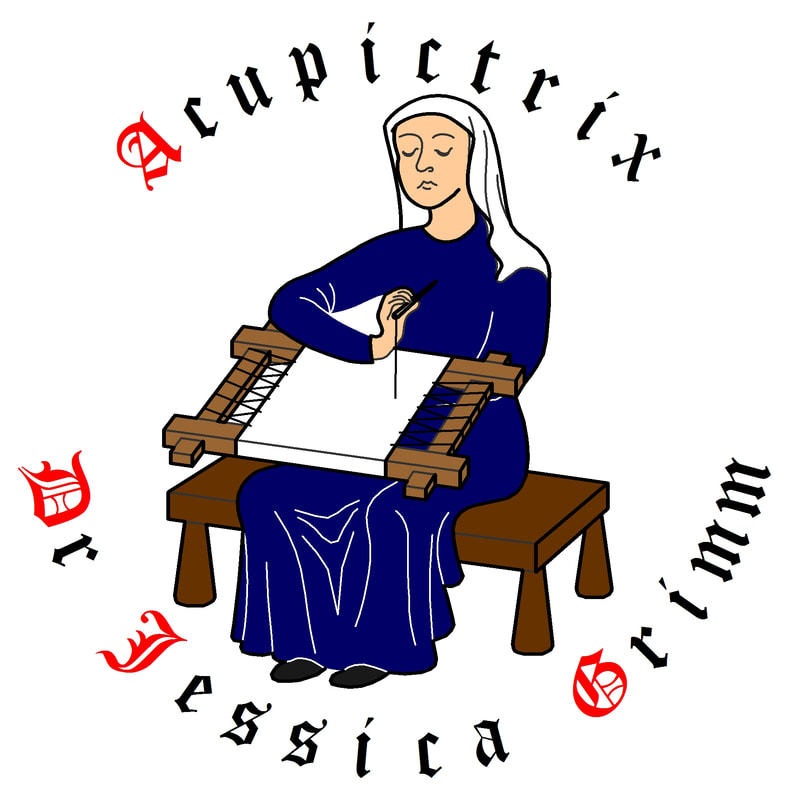

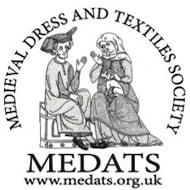
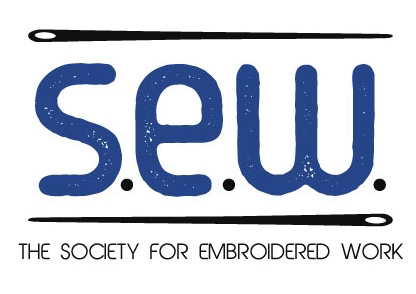
 RSS Feed
RSS Feed